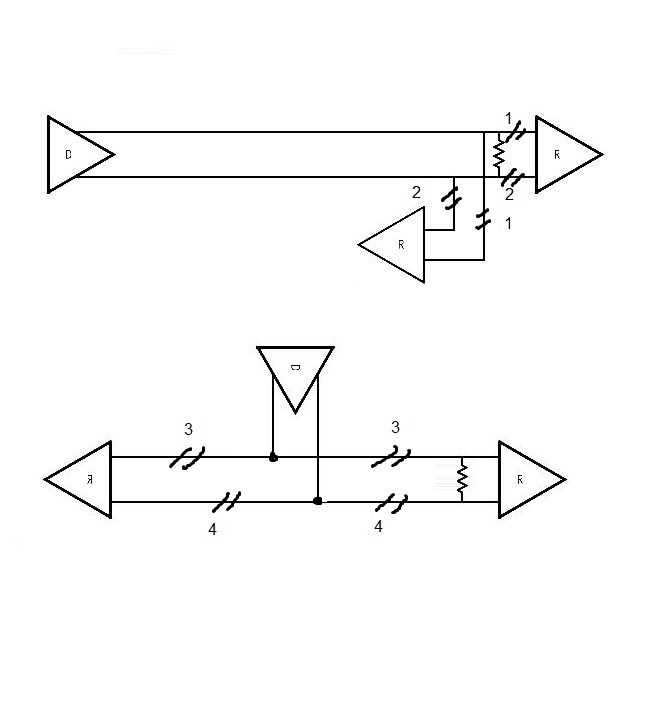Hello,
We are designing a PCB and need to have two of these parts essentially in parallel in order to have enough outputs.
What we are struggling with is how to feed two of the parts such that we do not (or lessen as much as possible) any lag between the two sets of inputs.
We would like one part 1/3 of the way down the PCB and the other 2/3 whereas the source is in the upper 1/3.
Any help would be appreciated.


